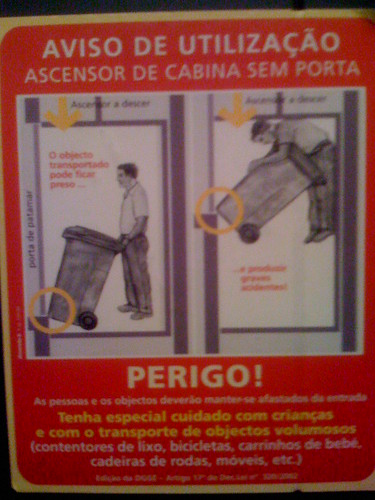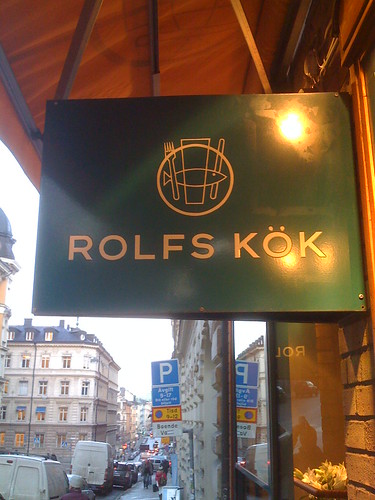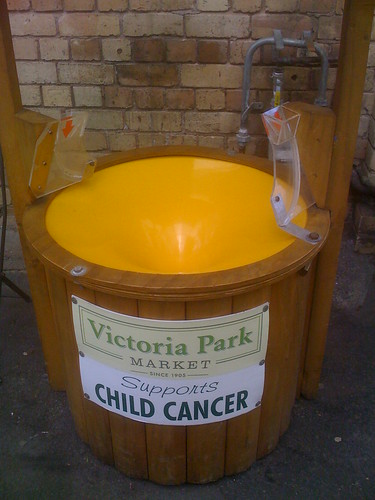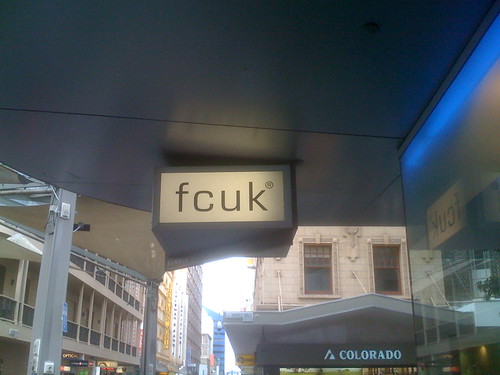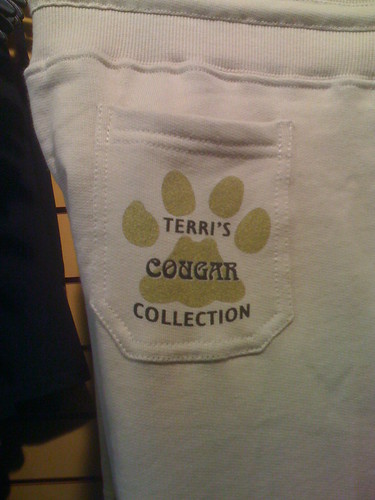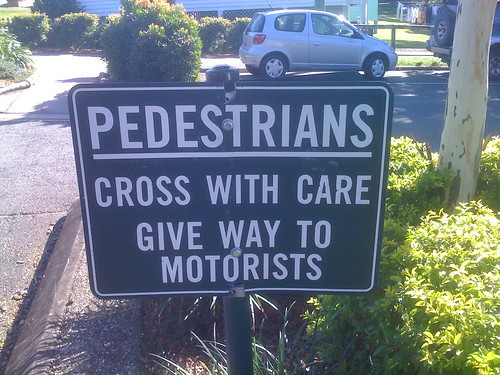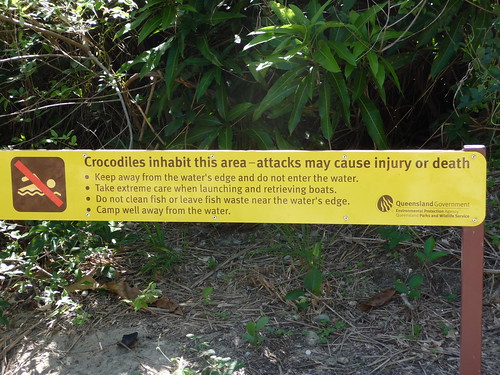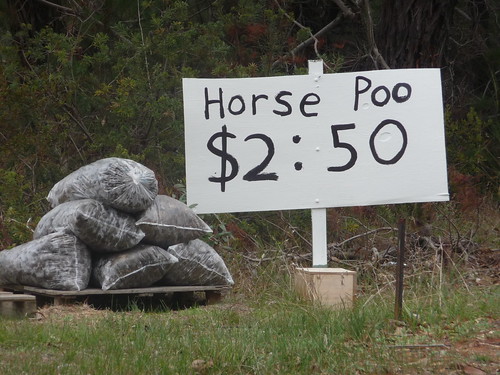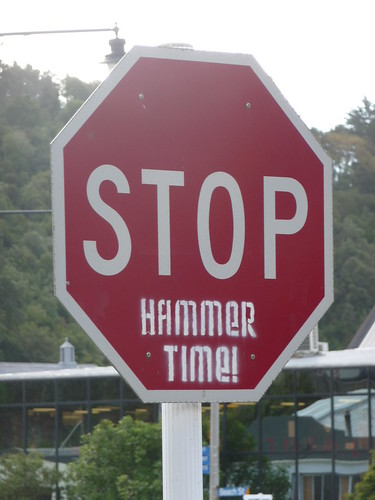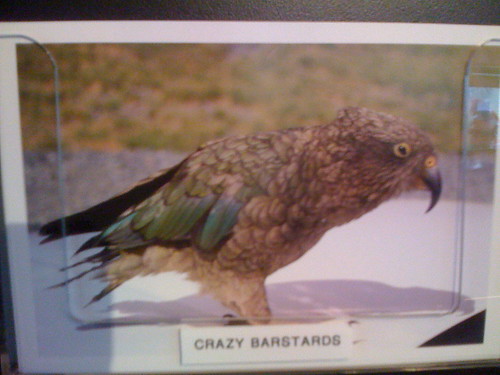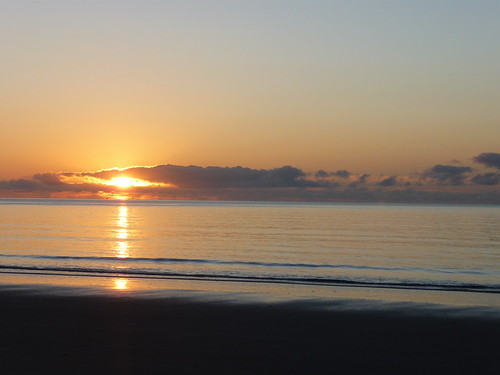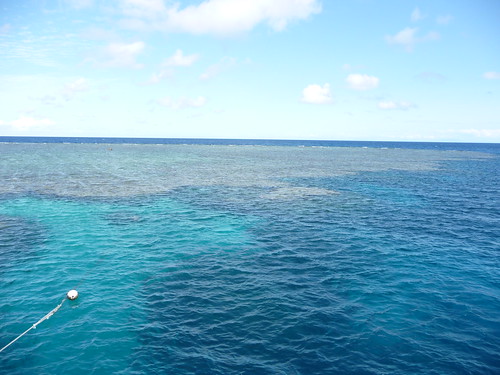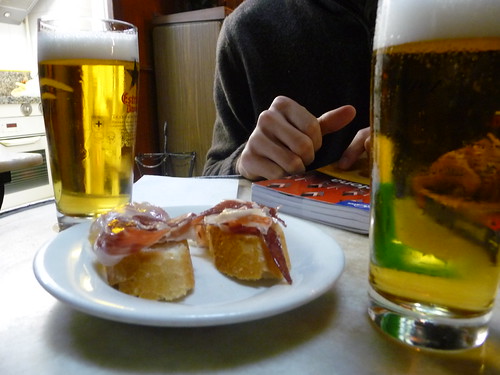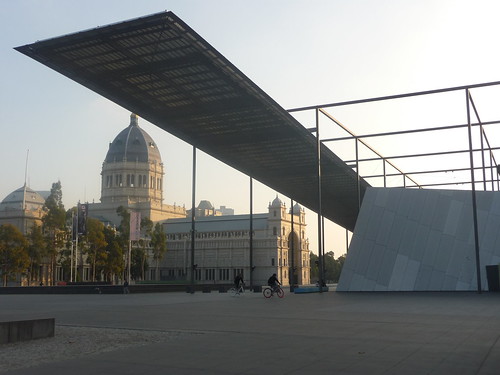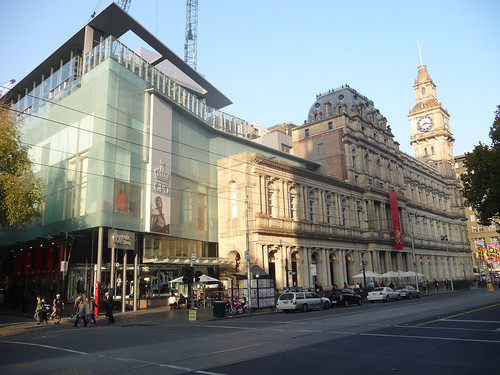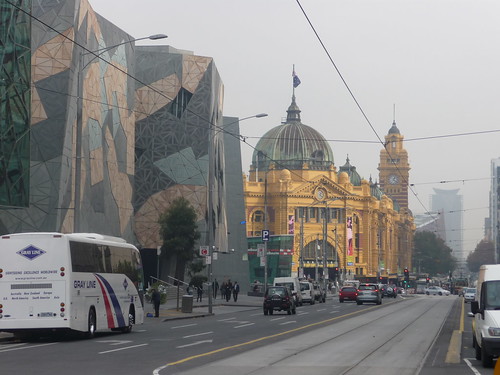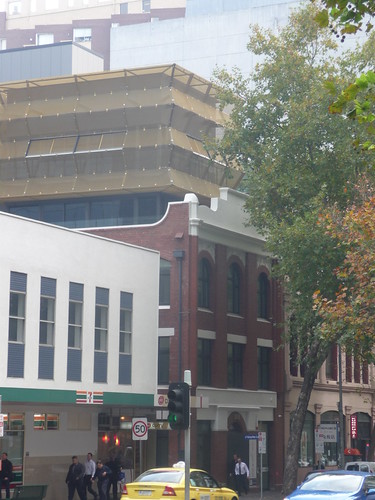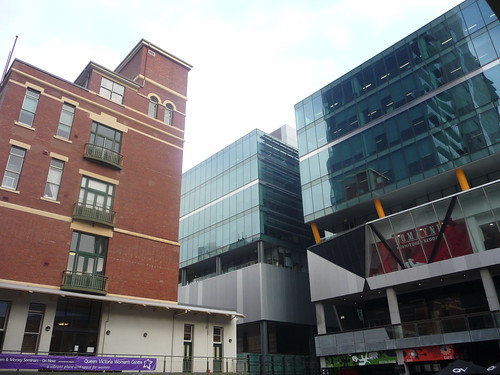After recently reading “Outliers”, Malcolm Gladwell’s latest book, I was inspired to read “Blink” which was the remaining of his I hadn’t yet read.

I really like Gladwell for two reasons. First, the subject matter he writes about is both relevant and interesting. The stuff he covers is right under our nose all day everyday but we don’t take the time to study it. Second, his style of writing is easy to read. Although he is teaching the reader a lesson its as if he’s writing a story rather than academic thesis.
In this book Gladwell explores the role that our unconscious mind plays in how we think, choose, judge, contemplate, and act. The book goes into great detail exploring how our initial impressions are shaped by our unconscious associations and how these “snap judgments” can lead us to make both poor and positive decisions.
He ascribes the term “thin-slicing” to our unconscious minds ability, “to find patterns in situations and behaviors based on very narrow slices of experience.” For example, have you ever observed a person’s mannerisms from afar for only a brief period and made a judgment on what kind of person they are? That is “thin-slicing”. But how can our mind be so quick to pass judgment on such subjects?
As Gladwell says on page 69, “We have, as human beings, a storytelling problem. We’re a bit too quick to come up with explanations for things we don’t really have an explanation for.” For the next few chapters Gladwell looks into how our unconscious mind can be altered which in turn alters how we appraise a person or situation.
In the second chapter he references a couple experiments that demonstrate how a person’s mind-state will impact their future judgment. For example, two groups of similar people were given trivia questions. Prior to the experiment one group was told to think about being a college professor while another group was told to concentrate on soccer hooligans. As you could probably guess the group that thought about college professors outperformed the other group. Gladwell explains that this mental preparation essentially stimulates the unconscious mind into making future decisions in line with your environment.
In the following chapter he covers physical associations and how they can impact a persons judgment. On page 76 he writes, “I think that there are facts about people’s appearance- their size or shape or color or sex- that can trigger a very similar set of powerful associations.” Although few people in our “PC” world care to admit that physical stereotypes play a role in their judgment I think it is safe to say that they are very real. Gladwell concurs on page 85, “The disturbing thing…is that..our unconscious attitudes may be utterly incompatible with our stated conscious values.” Don’t think this sentence applies to you? Test yourself @ www.implicit.harvard.edu.
At the end of the day Gladwell shows that there are a myriad of things that impact our unconscious mind and in turn impact our initial impressions regarding a situation. It’s important that as humans we understand that. When making important decisions we should not only weigh the information that we have available to us but we should also weigh the environmental factors which may also be altering our interpretation of that information.
Furthermore, whenever possible, we should look for ways to minimize the environmental impact of our minds so that we can make more organic decisions. Of course, this is easier said than done.
Here are some additional notes:
*Importance of support in a healthy relationship- In one of the experiments Gladwell references regarding healthy & unhealthy relationships the psychologist points out that “support” in conversation is crucial to determining whether or not a relationship will work out in the long-run.
*Treat others well: In another study that Gladwell references doctors who treated their patients well were much less likely to be sued for malpractice than doctors who were either unfriendly towards their patients or who displayed superiority. Lesson: Treat people well and they’ll be more forgiving of your mistakes.
*Lesson for salespeople: Starting on page 88 Gladwell introduces us to Bob Golomb who is a car sales manager in Flemington, New Jersey. He has been hugely successful throughout his career and he credits his success to one principle- “never to judge anyone on the basis of his or her appearance. He assumes that everyone who walks in the door has the exact same chance of buying a car.” In thinking about this I feel as though I am pretty good about not letting my “thin-slices” impact the effort I put forth in helping people in my business. I think I can thank my mom for that. She is a very warm and welcoming person no matter what the appearance of a person. I grew up under her tutelage and I have her to thank.
*In the fourth chapter one of the topics covered is quantity of information. Sometimes too much information and paralyze your ability to make decisions. Especially when the decision is one that is typically made in a “blink”. The example he gives is with buying jam. A retail store tested jam sales by offering a table with 24 options one time and 6 in another. Although conventional wisdom would tell us that a consumer with more choice would be more apt to buy, in this instance it was not the case. When presented with less information the consumer bought more often. Kind of like blog posts. When I write too much people are less apt to read the post :).
*Describing an ‘expert’ on page 179: “The first impressions of experts are different (from non-experts)… When we become an expert in something, our tastes grow more esoteric and complex… it is really only experts who are able to reliably account for their reactions.” In other words, when an expert is experiencing in their field of expertise they are conscious of of their unconscious associations. They can explain why they do or don’t like something with conviction. In Gladwell’s words on page 183: “Our unconscious reactions come out of a locked room, and we can’t look inside that room. But with experience we become expert at using our behavior and our training to interpret- and decode- what lies behind our snap judgments and first impressions.”
*Facial expressions- On page 199 Gladwell points out that facial expressions which express our thoughts, feelings, etc. are common amongst humans across cultures.
*Where a smile on your face: From page 208- “…we take it as a given that first we experience an emotion, and then we may- or may not- express the emotion on our face. We think of the face as the residue of emotion. What this research showed though, is that the process works in the opposite direction as well. Emotion can also start on the face.”
*Where we get information: Most of the subconscious information we get to interpret information is from the emotion they display on their face. Research shows that a person can practice reading faces and become more effective in picking up others emotions/ motivations.
*On page 214 Gladwell provides a very good explanation of what an autistic person experiences. I don’t know much about autism and found his description very interesting. Autistic people, “have difficulty interpreting nonverbal cues, such as gestures and facial expressions or putting themselves inside someone elses head or drawing an understanding from anything other than the literal meaning of words.”
*In chapter 6 on one the topics covered is the impact stressful situations have on our ability to interpret information. Essentially, when our heart rate increases under the stress of a difficult situation we do not consciously interpret information. We react based on what our unconscious mind believes we should do. However, it is possible to train under high stress situations to improve our decision making capabilities.
Things I will follow up on after reading this book:
-Look for programs to help me improve my ability to read the emotions of others by studying facial expressions.
 land is a volunteer group of homeowner’s that have banded together and are working to spread access to residential solar powered electricity units around Portland.
land is a volunteer group of homeowner’s that have banded together and are working to spread access to residential solar powered electricity units around Portland.
